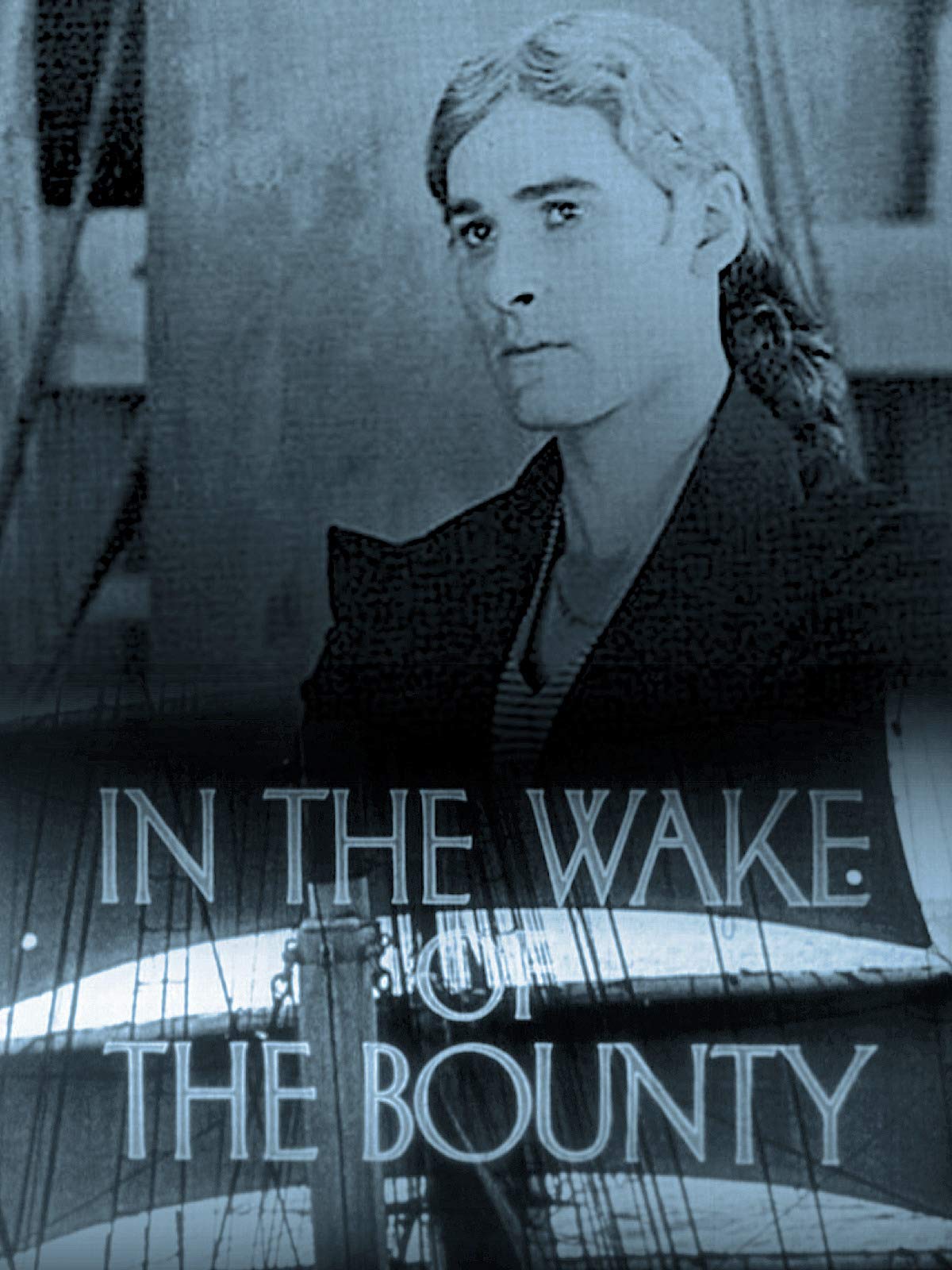On April 28, 1789, three weeks into a journey from Tahiti to the West Indies, the HMS Bounty was seized in a mutiny led by Fletcher Christian, the master’s mate. Captain William Bligh and 18 of his loyal supporters were set adrift in a small, open boat, and the Bounty set course for Tubuai south of Tahiti.
In December 1787, the Bounty left England for Tahiti in the South Pacific, where it was to collect a cargo of breadfruit saplings to transport to the West Indies. There, the breadfruit would serve as food for slaves. After a 10-month journey, the Bounty arrived in Tahiti in October 1788 and remained there for more than five months. On Tahiti, the crew enjoyed an idyllic life, reveling in the comfortable climate, lush surroundings and the famous hospitality of the Tahitians. Fletcher Christian fell in love with a Tahitian woman named Mauatua.
On April 4, 1789, the Bounty departed Tahiti with its store of breadfruit saplings. On April 28, near the island of Tonga, Christian and 25 petty officers and seamen seized the ship. Bligh, who eventually would fall prey to a total of three mutinies in his career, was an oppressive commander and insulted those under him. By setting him adrift in an overcrowded 23-foot-long boat in the middle of the Pacific, Christian and his conspirators had apparently handed him a death sentence. By remarkable seamanship, however, Bligh and his men reached Timor in the East Indies on June 14, 1789, after a voyage of about 3,600 miles.

Which ultimately gave birth to the film career of Errol Flynn.

August 8, 1932
Sydney Morning Herald
MUTINY OF THE BOUNTY – Reconstructed for Films.
Mr. Charles Chauvel returned to Sydney on Saturday, after travelling 15,000 miles in little known parts of the Pacific Ocean, to make a film depicting the mutiny of the Bounty for Expeditionary Films, Ltd., an Australian company. Every effort has been made to produce the film historically, and present a faithful picture of the wanderings of the mutineers, before they reached Pitcairn Island, where they burned the Bounty,
and to Lieutenant Bligh’s epic voyage of 4000 miles, in an open boat to Batavia, after he had been cast adrift with l8 loyal members of his crew.
Mr. Chauvel followed the route of the Bounty and saw the remains of the ship lying in the clear water at Pitcairn Island. Native dances were filmed at Tahiti, where the mutineers stayed. Natives had to be specially chosen, as knowledge of primitive dances is rapidly dying out.
…
March 15, 1933
Sydney Morning Herald
EXPEDITIONARY FILMS LTD. “BOUNTY” PICTURE LAUNCHED!!
To-day, at the Prince Edward Theatre, the film, “In the Wake of the Bounty,” which Mr. Charles Chauvel produced recently, with Tahiti and Pitcairn Islands as the principal backgrounds, will be given its first public screenings.
…
December 1, 1933
The West Australian
IN THE WAKE OF THE BOUNTY – New Australian Production.
Travelogues and dramas have drenched the screen- with the- spray of South Sea beaches until the film-goer imagines that he knows every angle from which a palm can be photographed. Then an Australian, Mr. Charles Chauvel,. makes ‘In the Wake of the Bounty,’ and presents the Pacific under a strange and cloudy beauty, such as has not been filmed. Mr. Chauvel, however, is more concerned with the savage languor of the tropics; he masses the brilliance of wild dances and flowers to show the pathetic contrast between the islands, which link that famous mutiny, Tahiti and Pitcairn, writes the Film Editor of the Sydney ‘Sun.’
Thus that first part of the. film is a glamorous reconstruction of history, with young Errol Flynn playing the part of Fletcher Christian …
— Tim
